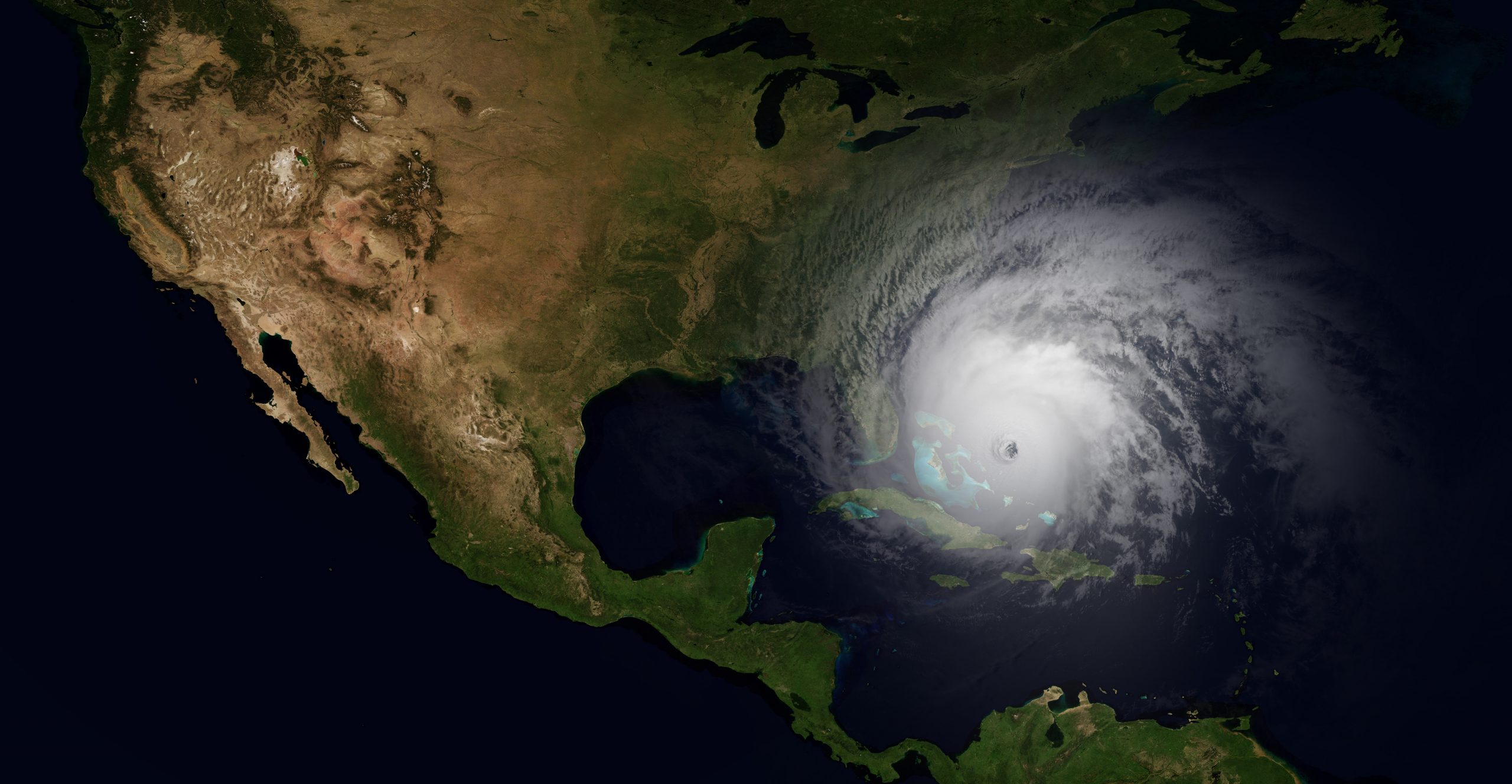The last few Atlantic hurricane seasons alone have demonstrated the need for supply chain organizations to make weather a key part of their business intelligence strategies.
Hurricanes Harvey, Irma, and Maria in 2017 brought more than $200B in losses. Followed by Florence and Michael in 2018 and Dorian in 2019, it’s apparent that hurricanes are changing. Not only are they becoming more intense, but they are lingering longer, rendering them even more dangerous and disruptive.
This has led some experts to argue that the current Saffir-Simpson Hurricane Wind Scale—which uses categories 1 through 5—is insufficient and should be extended. Meanwhile, others believe the scale should be re-thought altogether:
“Knowing the category rating of a hurricane is not the same as knowing how dangerous the storm is. Hurricanes also bring flooding, caused by both rainfall and the storm surge, and water accounts for more deaths than wind in these storms. Yet we still categorize hurricanes by wind speed alone,” wrote Maggie Koerth-Baker in FiveThirtyEight shortly before Hurricane Michael made landfall.
Regardless of how they are categorized, the frequency and variance of anomalies such as record-breaking hurricanes have proven that more severe weather is here to stay. What does this mean for suppliers when they can’t move products across a region for 10+ days? Distributors with limited shelf space and companies with perishable items are also at particular risk.
Natural disasters also have ripple effects across the entire supply chain—not just the affected area, according to SupplyChain247:
“When storms or disasters happen, there is often a large-scale government response to get needed help to affected areas, and this leads to them buying capacity within the trucking space to move food, water, and ice,” wrote Matt Anderson of BluJay Solutions in July. “These critical efforts significantly disrupt typical freight flows in the United States, which was evident after Hurricane Harvey in Houston. After Harvey, capacity was pulled away from the Chicago market, 1,100 miles away from the impact area, and this led to a significant jump in rates and tightening in capacity.”
Access to advanced weather and climate data enables supply organizations to document trends as well as to identify impending anomalies and their potential business impacts. Global Trade reported in July that supply chain intelligence company Resilinc identified hurricanes as “a major oversight in terms of weather-related risk assessment and preparation within the supply chain.”
Resilinc’s supply chain database revealed some startling statistics, according to the firm’s press release: “27% of supplier sites lack business continuity procedures; 30% have no disaster recovery plan for their IT infrastructure; 37% have no backup power; 23% have poor fire and safety systems; and 35% have poor logistics recovery.”
This led Resilinc to develop a data science and AI-based hurricane preparedness solution to help supply chain organizations be more resilient. Similarly, organizations like IBM are employing technologies like AI, IoT, and blockchain to transform supply chain management.
Whether you’re a supply chain organization developing proprietary solutions to prepare for extreme weather events or a B2B firm offering supply chain solutions, Weather Source can help. Contact us today to learn how our best-in-class weather and climate data can power your analytics and business intelligence.



